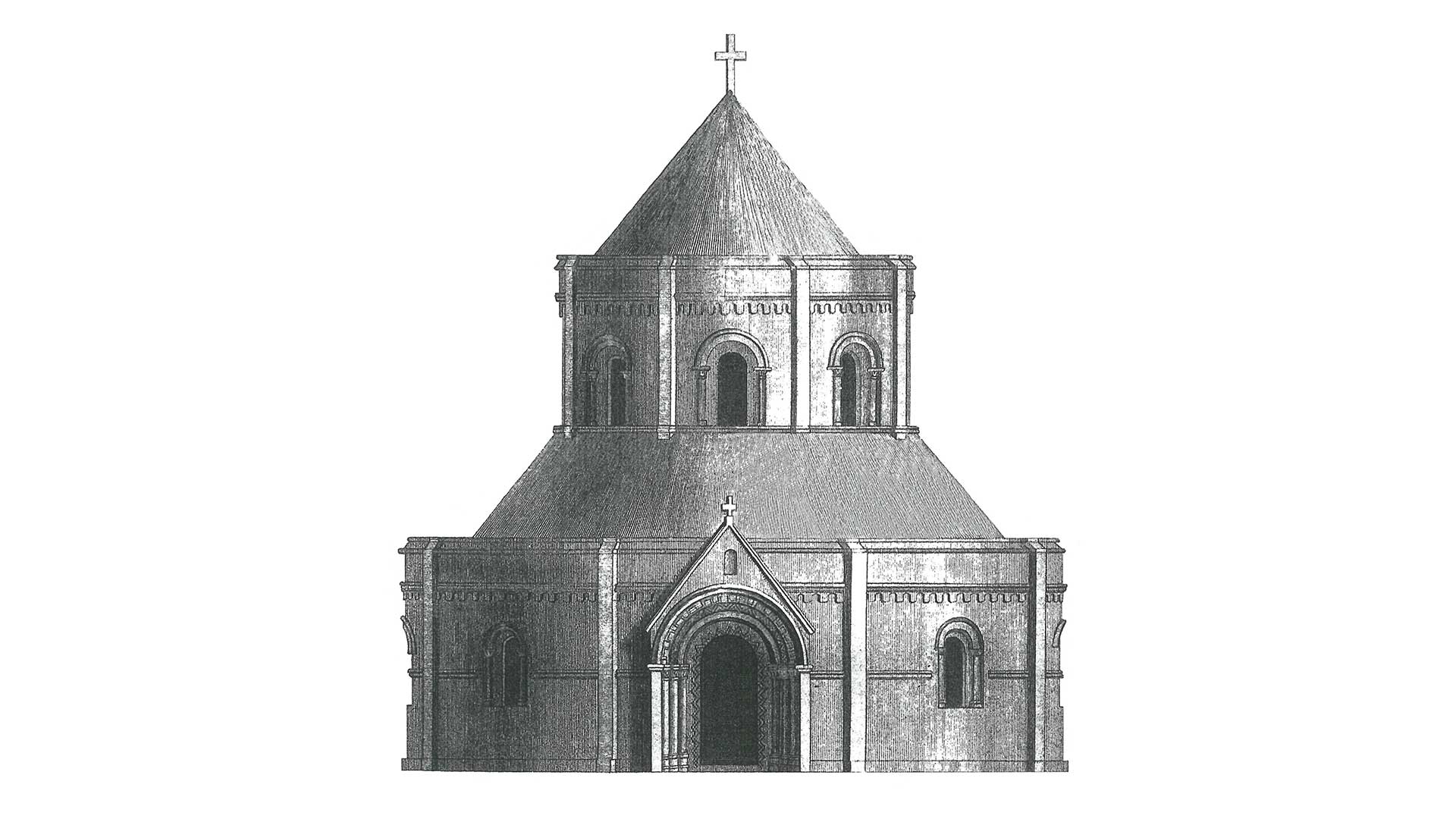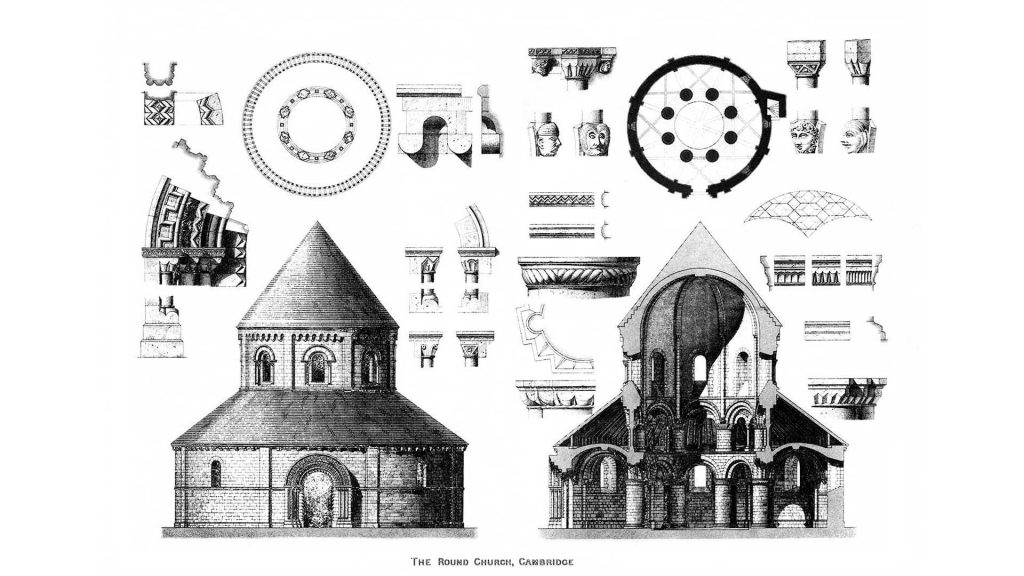The Round Church, Cambridge

Modelled on the Church of the Holy Sepulchre, the Round Church in Cambridge is founded between 1114 and 1131 by ‘the fraternity of the Holy Sepulchre’ and ‘in honour of God and the holy Sepulchre’. No other record of this mysterious fraternity exists, and the Round Church’s exact purpose remains unknown. The fraternity may have included returning pilgrims or crusaders – at least one inhabitant of Cambridge had been on the First Crusade – but there is no clear proof, only strong circumstantial evidence. Although the Knights Templar are often associated with churches of this nature, there is no evidence of any link with the Round Church in Cambridge, which seems to have been founded before the Templars became active in England, and there is no evidence to suggest that the Templars ever laid claim to the Cambridge church.

![]()
